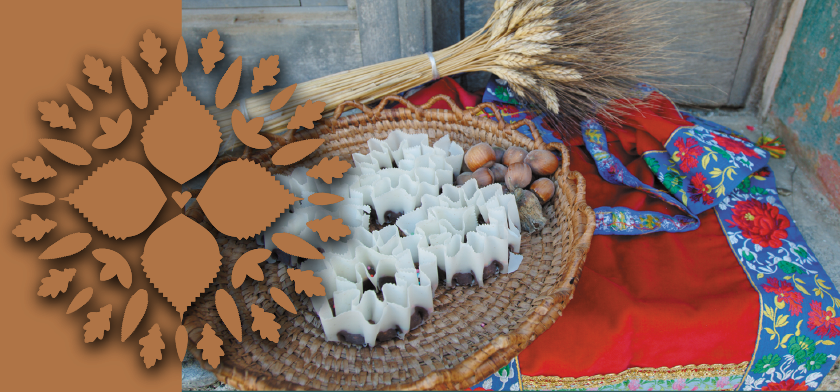The history of the town is marked, since the Middle Ages, by the constant struggles of its inhabitants against the many attempts of submission. The village was inserted in the homonym “curatoria” and today this region is called “Barbagia Belvì” because of its ancient importance.
The kingdom of Arborea, to which it belonged, respected the autonomy and when the giudicato fell, and the Catalan and aragonese decimated the feudal system, the clashes followed forced on more than one occasion the feudal lords to relinquish control of the town, so that in 1507 it became part of royal heritage and was administered by an official royal appointment, chosen among the representatives of the population.
In 1767 the new attempt to subjugate the town to a lordship, that of Lostia, unleashed new tensions, but already by 1838 the brief experience of feudal Belvì could be considered finished with the payment by the inhabitants of a ransom for its territory, provided by the piedmont royal decree issued in that year.
The natural heritage is the great wealth of Belvì. On the slopes of Monte Genna de Crobu live different plant species on the basis of the different types of climate and soil. The territory preserves woods of oak, white oak, holly and abundant fruit trees: stones, walnuts, chestnuts, including some beautiful secular examples, while in sunny and rocky areas are the juniper, and the olive tree. The Mediterranean shrub with its essences, frame this beautiful natural scenery with spectacular limestone heels Pitz is Pranu.
The fauna is represented by the presence of wild boars, foxes, weasels, and numerous birds including the crow, the jay, the woodpecker, the Verdone, the pigeon and the goshawk.
It is worth a visit, the Valley of S’Iscara, which offers fascinating views and is ideal for walking, and the forest of Uatzo, travelled by the Green railway line of the Mandas-Arbatax , is characterized by a lush vegetation and rich water courses.
According to popular legends among the woods of Belvì there are living beings: fantastic Maschinganna and Gianas (or Janas) , the ancient prehistoric tombs dug into the rocks, called precisely, “domus de janas”. This type includes the graves of Antonitzo, Gesaru, Lagasu, Nadalia, Occile, lost Lyons and Miss Nerca, built between the Neolithic and the Bronze Age.
The charming and historic town center retains an intricate path of steep, narrow streets which are overlooked by the typical houses of the Barbagia architecture: built with stone ashlars on multiple planes looking upon the characteristic wooden balconies.
The parish church is dedicated to St. Augustine, probably of the sixteenth foundation, retains some elements in the gothic style and preserves a statue of the saint; the work of the so-called “master of Belvì” of the eighteenth century.
The town offers an important Museum of Natural Sciences with fossil minerals and the fauna of Sardinia. The collection is the result of research carried out in the territory, from the 70s of the Twentieth Century, by professor Friedrich Reichsgraf Von Hartig, a scholar of entomology and ecology. Private donations were added that continue to enrich the collection.

